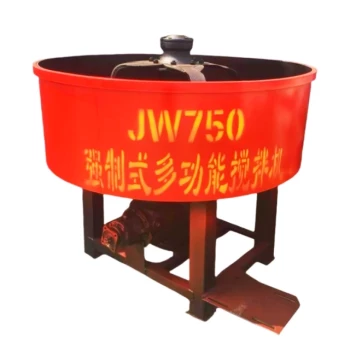Introduction
Choosing the right lubricant for electric hoist deceleration devices isn't just about reducing friction—it’s about preventing catastrophic gear failure under real-world stress. This guide bridges load dynamics with performance-driven solutions, backed by ISO/ASTM standards and field-tested case studies. Whether you’re managing continuous heavy loads or sudden impact forces, you’ll learn how viscosity, extreme pressure additives, and maintenance protocols directly impact hoist longevity.
Load Dynamics in Electric Hoist Operations
Continuous Heavy Loads: Viscosity and Oil Film Integrity
Electric hoists operating under constant heavy loads (e.g., tower cranes lifting prefabricated concrete) require lubricants with high viscosity indices to maintain oil film integrity. Thin films under heat and pressure lead to:
- Metal-to-metal contact, accelerating gear pitting
- Increased energy consumption as friction spikes
- Noise generation from unstable motion (linked to non-standard involute profiles, as observed in hob-related gear wear cases)
Ever wondered why some hoists sound louder under load? Inadequate lubrication often forces gears to compensate for poor film strength, creating audible instability.
Impact Loads: Extreme Pressure Resistance and Penetration Control
Sudden loads (e.g., emergency stops or uneven cargo shifts) demand lubricants with:
- EP (Extreme Pressure) additives like sulfur or phosphorus to prevent micro-welding
- Shear stability to resist viscosity breakdown during shock events
- Adhesive properties ensuring lubricant stays in contact zones
A visual metaphor: Think of EP additives as "shock absorbers" for gear teeth—they deform temporarily under impact, then rebound to protect surfaces.
Advanced Criteria for Lubricant Evaluation
Industry Standards for Load-Specific Lubrication (ISO/ASTM)
| Standard | Application | Key Metric |
|---|---|---|
| ISO 3448 | Viscosity classification | Kinematic viscosity at 40°C |
| ASTM D2783 | Extreme pressure testing | Load-wear index (LWI) |
| DIN 51517 | Gear oil performance | Foaming resistance |
Case Study: Gear Pitting Prevention in Tower Crane Hoists
Field data from construction sites revealed:
- Conventional ISO VG 220 oils failed within 600 hours under 8-ton loads, exhibiting pitting near root fillets.
- Polyalphaolefin (PAO)-based lubricants with EP additives extended service life to 1,200+ hours by reducing surface fatigue.
Implementation and Maintenance Best Practices
Monitoring Lubricant Degradation Under High Stress
- Oil analysis every 500 operating hours: Track viscosity changes, additive depletion, and particulate counts.
- Thermal imaging: Detect abnormal heat patterns in deceleration gears indicating film failure.
Cost-Benefit Analysis: Specialty Greases vs. Conventional Oils
| Factor | Specialty Grease | Mineral Oil |
|---|---|---|
| Initial Cost | 30–50% higher | Lower |
| Relubrication Intervals | 2–3× longer | Frequent |
| Downtime Costs | Reduced by 60% | Higher |
Pro Tip: For garlway winches in dusty environments, lithium-complex greases outperform oils by sealing out contaminants.
Conclusion & Actionable Steps
- Match viscosity to load type: ISO VG 150–320 for heavy continuous loads; EP-enhanced grades for impacts.
- Validate with standards: Cross-check lubricant specs against ASTM D2783 LWI scores.
- Prioritize condition monitoring: Schedule oil analysis aligned with operational intensity.
The right lubricant isn’t an expense—it’s the barrier between your hoist’s gears and premature failure. For equipment like garlway construction machinery, this translates to fewer unplanned stoppages and higher site productivity.
Related Products
- Electric Hoist Winch Boat Anchor Windlass for Marine Applications
- Ready Mixer Machine for Construction Ready Mix Machinery
- Portable Concrete Mixer Machine Equipment for Mixing Concrete
- Portable Cement Mixer with Lift Concrete Machine
- Commercial Construction Mixer Machine for Soil Cement Mixing Concrete
Related Articles
- Why Boat Anchor Winches Earn "Best Accessory" Status: A Deep Dive into User Satisfaction Drivers
- How Industry-Specific Electric Winch Configurations Boost Efficiency and Safety
- How Hoists Transform Disaster Response: Technical Insights and Real-World Applications
- How to Choose Temperature-Optimized Lubricants for Electric Hoists: A Practical Guide
- How to Select Lubricants for Electric Hoists Based on Speed Requirements










